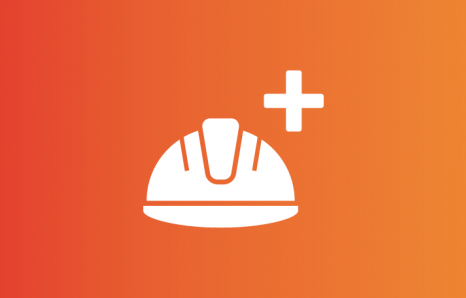Back pain is a common issue among rail workers, with as much as 69% experiencing it every month. Currently, access to effective help is limited to hospitals with long waiting lists and requires therapist involvement. Dr Sheeran has developed a new work-based intervention called BACK-on-LINE (TM).
This uses technology to provide personalised support and self-management for rail workers dealing with back pain. It was created in collaboration with occupational health experts, rail sector employees, and employers to address the specific demands and variations of job roles in the industry.


